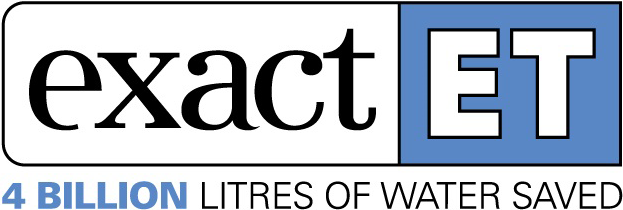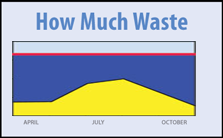Canada Uses More Water Than Almost All Of Its Peer OECD Countries
The Conference Board of Canada in a report on freshwater withdrawls reported that Canada ranks 15th out of 16 peer OECD countries.
The report notes that excessive water withdrawals in Canada can be attributed to the lack of widespread water conservation practices and water pricing that does not promote efficiency

The report recommends that Canadians must start paying more for water and embrace water conservation measures or risk the depletion of one of Canada’s most valuable resources. More than 15 years ago, Environment Canada first warned that without substantially increasing the price of water consumption, delivery infrastructure was at risk of deteriorating beyond usability.
Several studies show that water revenues are not sufficient to cover operational, repair, upgrading, or expansion costs. They cover only a small part of the costs of supplying water. For example, irrigation water charges recover only about 10 per cent of the development cost of the resource. The cost of maintaining (repairing and upgrading) municipal water supply and sewage systems is estimated at $23 billion over the next 10 years. The fact that this money is not currently available is further evidence that water revenues do not cover costs.1
Increasing the cost of water is one of the best incentives for conservation. Canadians subject to water metering use less water than their rural counterparts who have no means of accounting for their water usage. Furthermore, in Europe, where the price of water has increased, water withdrawals have simultaneously decreased. Canada, which sits at the bottom of the ranking among its peer countries, must seriously contemplate its status as a water-waster if it is to sustain its most valuable resource and the infrastructure critical to its delivery.


